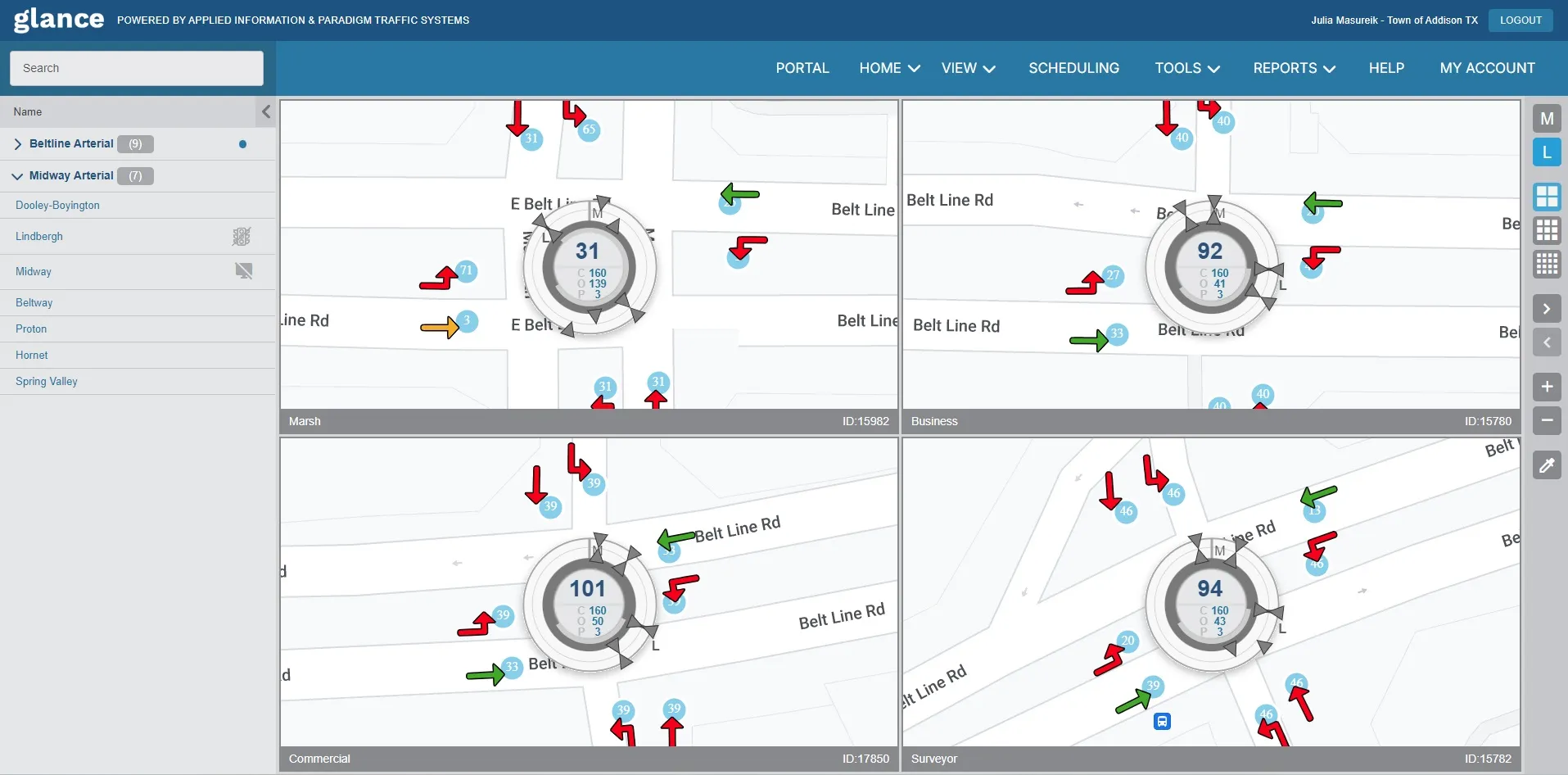
Eberle Design (EDI) is re-broadcasting its 45 minute webinar on the EDI and
The webinar will show traffic operations technicians and traffic engineers how the data aggregator monitors and reports on mission critical traffic cabinet or intersection faults via SMS or email. It will also feature an update on the G2 User Interface.
Co-presented by EDI vice president of Business Development Dr Bill Sowell and Technical Product & Training manager Tim McCall, webinar attendees will also learn how the iCITE Data Aggregator DA-300 provides cabinet interface for Cloud-based remote access to real-time performance measures and traffic data from isolated or networked intersections or arterial roadways with cabinet monitoring functions.










